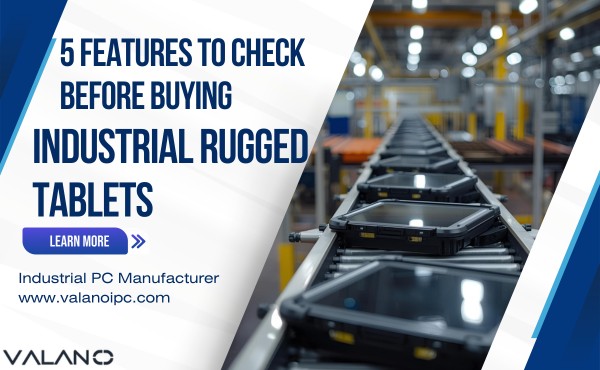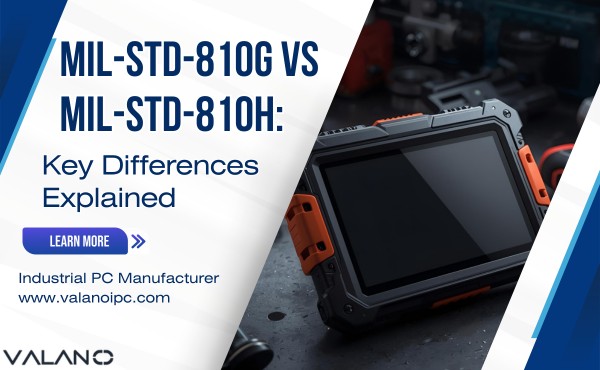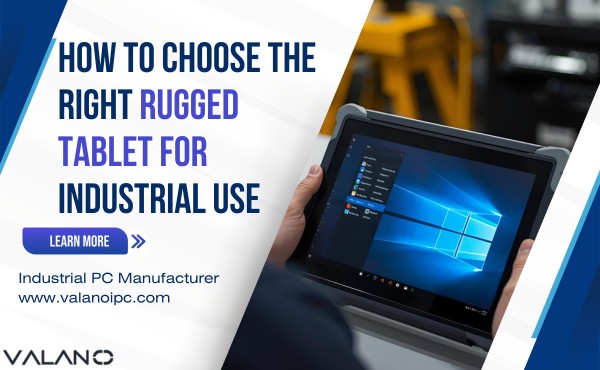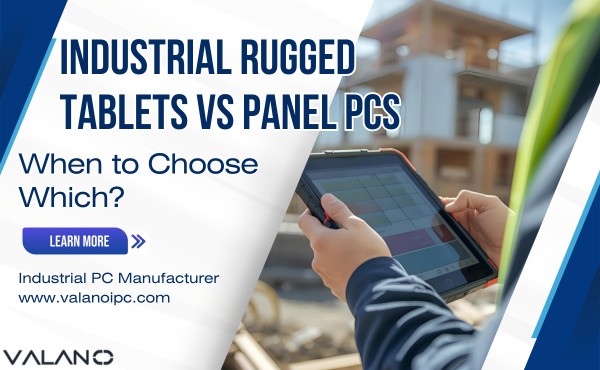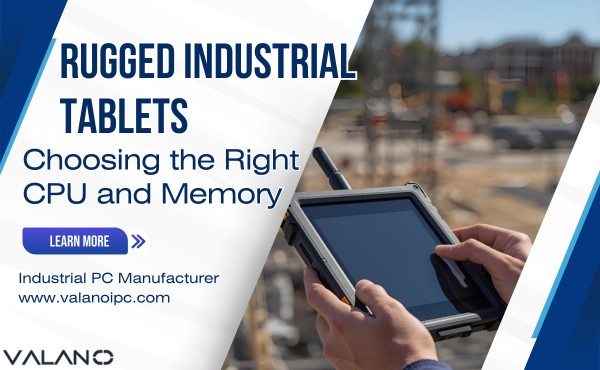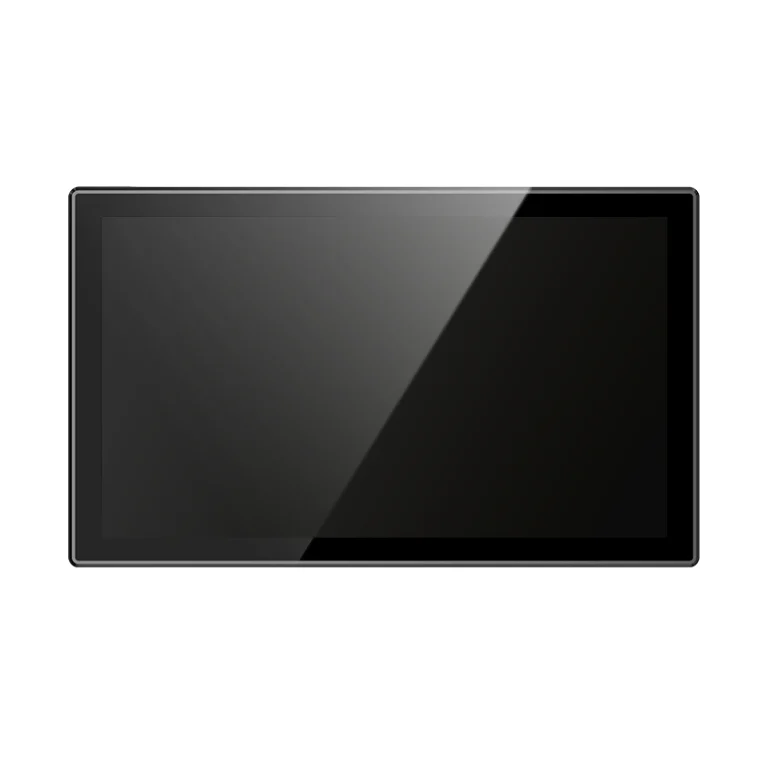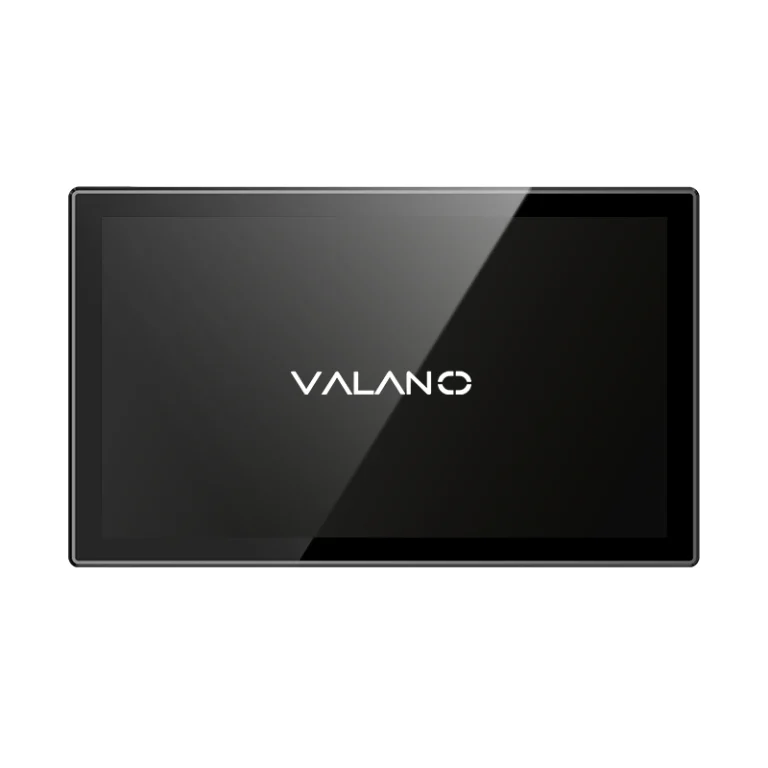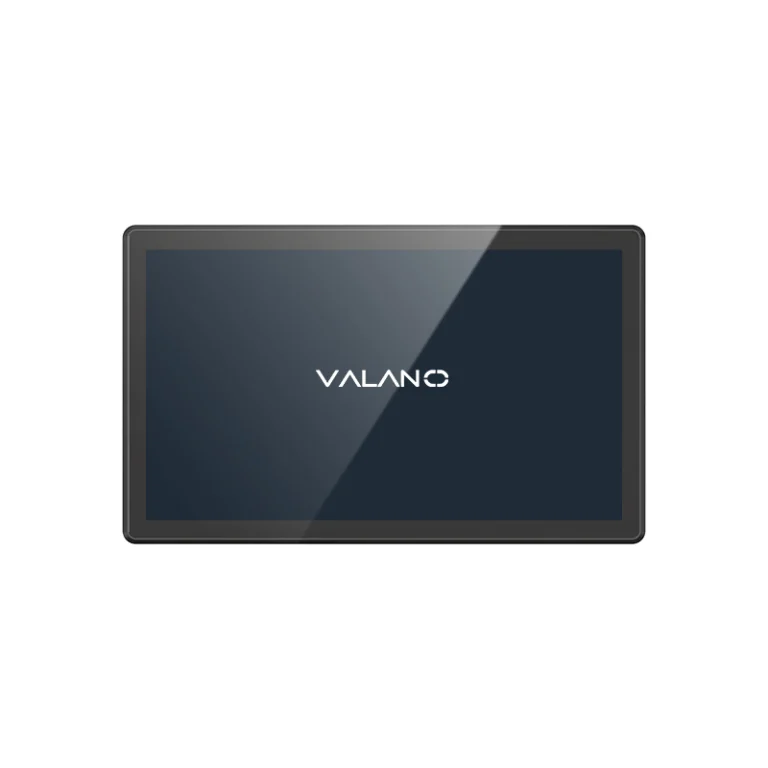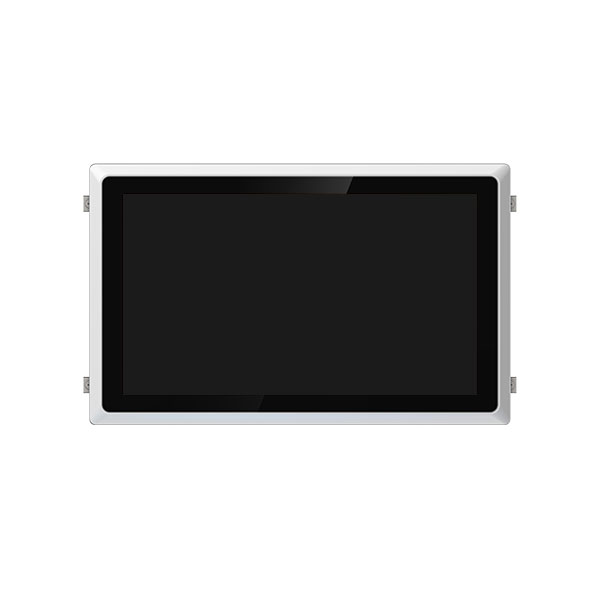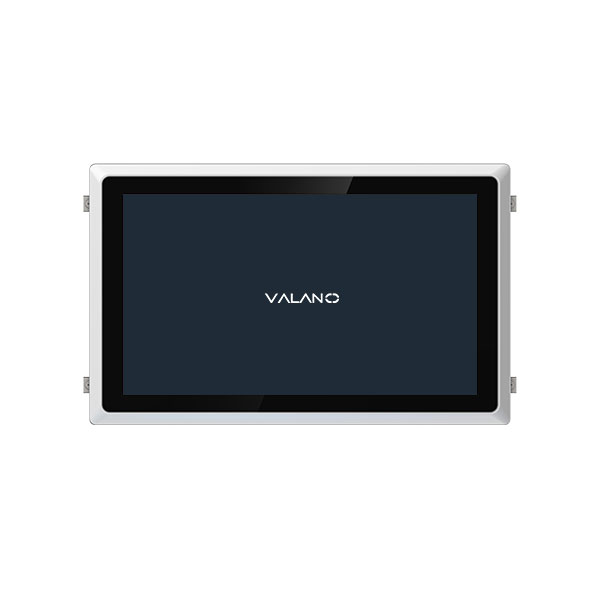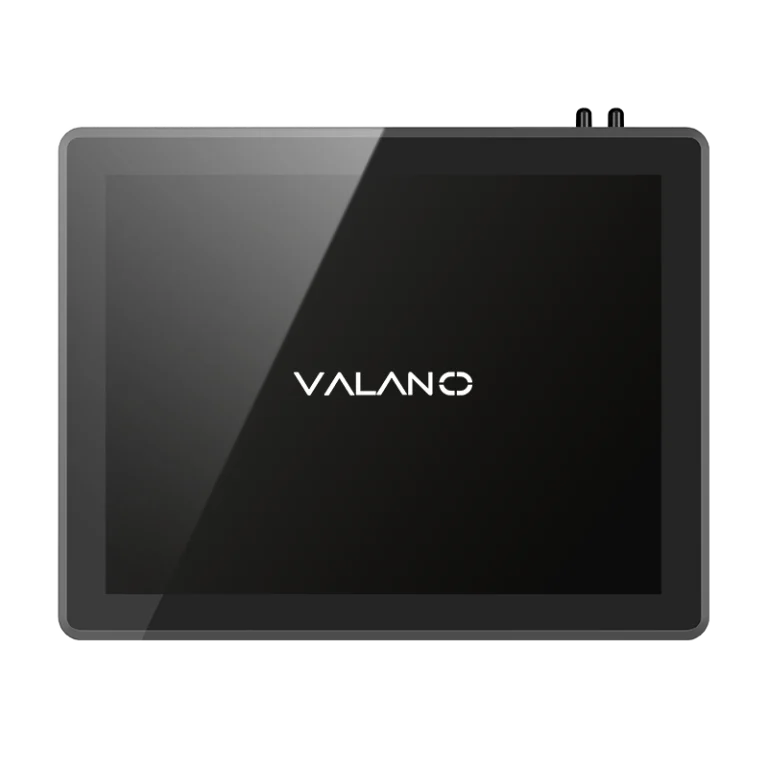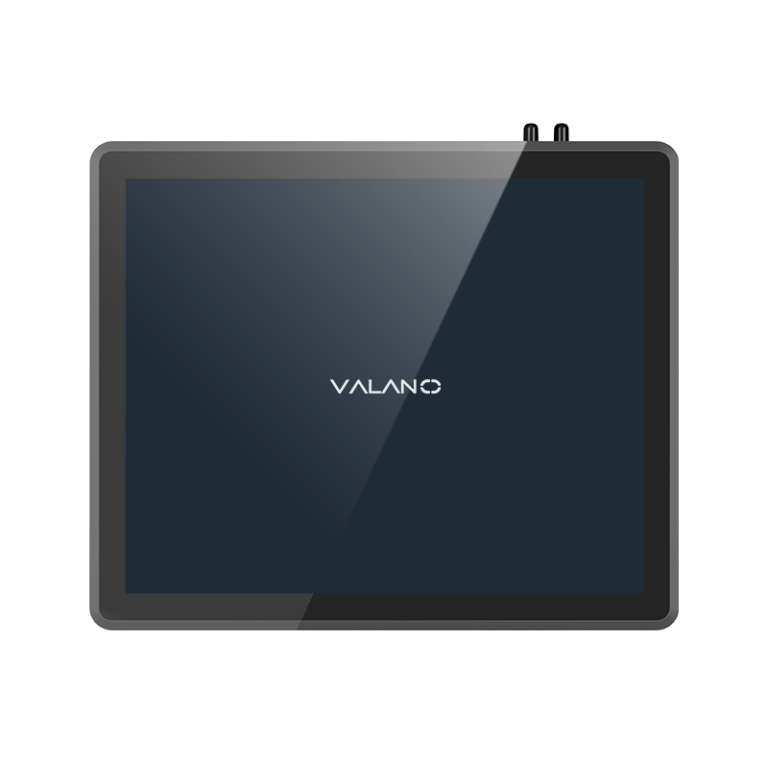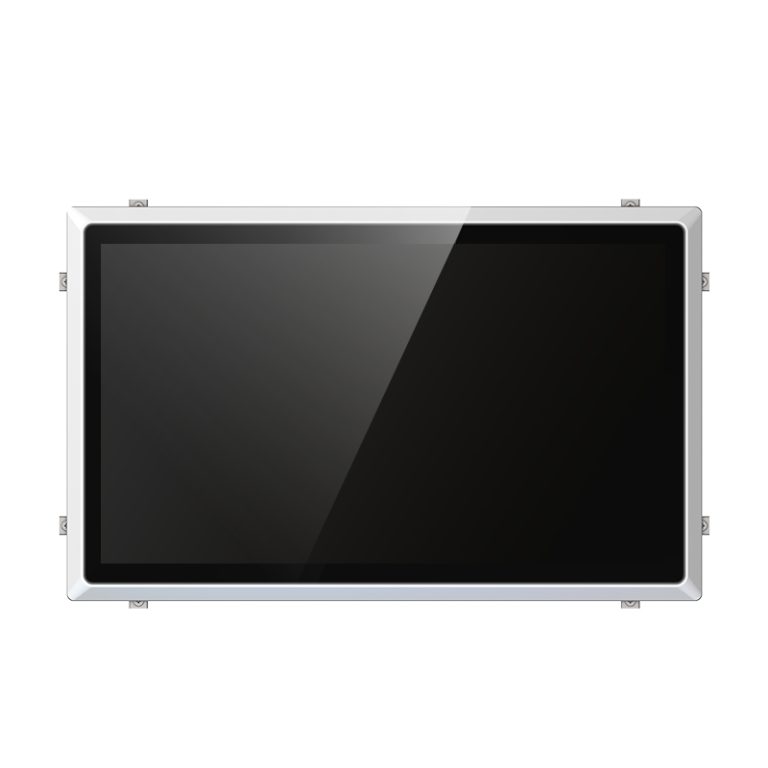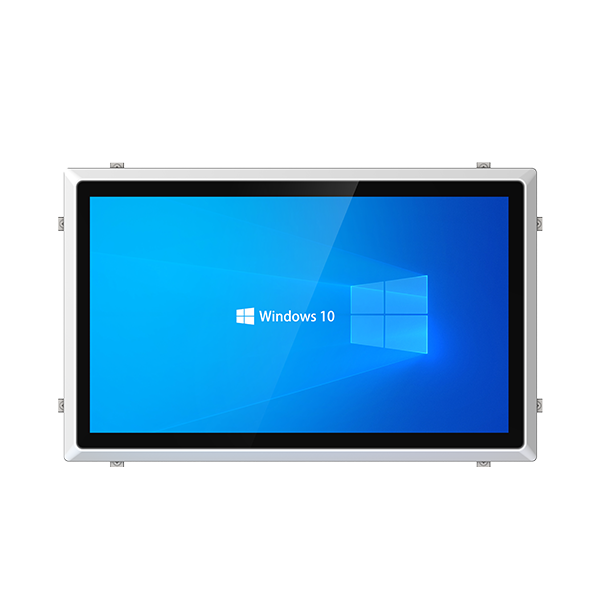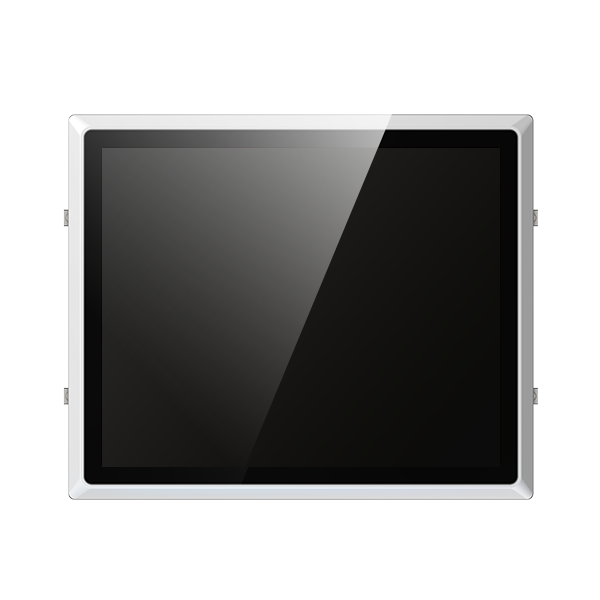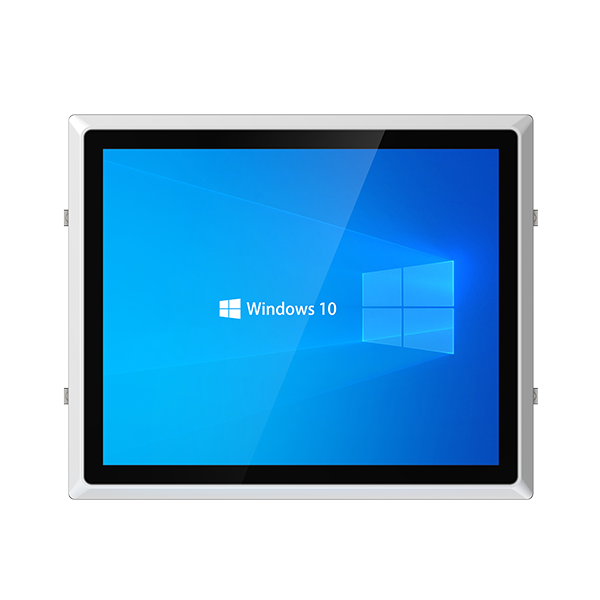Understanding All-in-One PC Lifespan
Service Life of All-in-One Industrial PCs
The service life of all-in-one industrial pcs stands out in the market. Recent studies show that industrial panel PCs last between 5 to 10 years. Ordinary computers, such as consumer models, usually operate for only 3 to 5 years.
- Industrial all-in-one computers use high-quality components.
- These systems often include ssds and fanless cooling to improve reliability.
- The lifespan of an all-in-one pc depends on how well it handles heat, dust, and vibration.
The table below compares warranty periods and expected lifespans for different types of computers:
| Type of PC | Expected Lifespan | Warranty Period |
|---|---|---|
| Industrial PC | 5-7 years | Typically 5-7 years |
| Consumer PC | 1-2 years | Typically 1-2 years |
Industrial computers offer longer warranty periods because manufacturers expect them to last longer. The operational lifespan for industrial models can reach 7-10 years, while consumer models may show signs of aging after only 1-2 years.
| Type of PC | Operational Lifespan |
|---|---|
| Industrial PC | 7-10 years |
| Consumer PC | 1-2 years |
Signs of Aging
All-in-one systems begin to show signs of aging after several years of use. Performance slows down, and hardware may struggle with newer software. Users may notice more frequent crashes or errors.
- Increased noise from cooling fans can signal wear.
- Display screens may lose brightness or develop dead pixels.
- Storage devices, even ssds, can slow down or fail.
Industrial all-in-one computers often resist these problems longer than consumer models. However, even the best features cannot prevent aging forever. Regular maintenance helps delay these signs.
Replacement Indicators
Manufacturers use several indicators to recommend replacement of all-in-one industrial pcs. These indicators help users decide when to upgrade or replace their systems.
| Indicator | Description |
|---|---|
| Reliability | The probability that a device will perform its function over time, measured by MTBF (Mean Time Between Failures). |
| Maintainability | The time needed to restore a machine after a failure, measured by MTTR (Mean Time To Repair). |
| Availability | The percentage of time the system is operational, calculated as Availability = MTBF / (MTBF + MTTR). |
Replacement cycles for industrial pcs differ from those for consumer models. Industrial systems have longer cycles because they support better lifecycle management and software compatibility.
| Aspect | Industrial PCs | Consumer PCs |
|---|---|---|
| Replacement Cycle | Longer due to better lifecycle management and software compatibility. | Shorter, as new processors are frequently released. |
| Software Compatibility | Software remains compatible across replacements, minimizing disruption. | Software may require updates with new hardware. |
| Lifecycle Management | Designed for longevity and stability in industrial applications. | Focused on performance upgrades and cost reduction. |
Industrial all-in-one computers provide stable performance for many years. Their features, such as fanless cooling and sealed enclosures, help extend computer lifespans. Users should monitor reliability and maintainability to decide when replacement is necessary.
Factors Affecting Lifespan
Hardware Quality
The quality of hardware plays a major role in the lifespan of an all-in-one industrial pc. Industrial computers use high-grade components that withstand harsh environments and last longer than consumer models. The table below shows how specific hardware features influence the life of an all-in-one:
| Component | Influence on Longevity |
|---|---|
| Fanless Cooling | Prevents overheating by using heat sinks, reducing the risk of component failure. |
| High Ingress Protection Ratings | Protects against dust and water damage, ensuring internal components remain functional. |
| Solid-State Drives (SSDs) | More reliable than HDDs due to lack of moving parts, reducing mechanical failure risk. |
Industrial-grade motherboards improve reliability and extend the life of all-in-one systems. These motherboards use robust materials and optimized cooling systems. They often last 7-10 years, while consumer-grade models may only last 1-2 years.
Environmental Impact
Environmental factors can greatly affect the lifespan of an all-in-one pc. Dust can cause overheating and performance loss, leading to early failure. Fanless designs and sealed cases help protect against dust and extend the life of the system.
Vibration from nearby machinery can shake components loose or damage connections. Rubber mounts and sturdy enclosures help reduce vibration effects. Temperature extremes also challenge industrial computers, so many all-in-one models use parts rated for wide temperature ranges, such as -40 to +85 degrees Celsius.
Humidity also matters. Most all-in-one industrial pc systems operate best between 20% and 80% relative humidity and temperatures from 0℃ to 50℃. These features help maintain stability and reliability in tough industrial settings.
Maintenance Practices
Regular maintenance helps extend the life of all-in-one industrial computers. Scheduled inspections catch problems early and prevent unexpected failures. Cleaning removes dust and debris, which improves heat dissipation and protects sensitive components.
The table below lists effective maintenance practices:
| Maintenance Practice | Description |
|---|---|
| Scheduled Inspections | Routine inspections help identify potential issues early on. |
| Cleaning and Lubrication | Keeping equipment clean and lubricated reduces friction and wear. |
| Component Replacements | Replace worn-out parts before they fail to ensure continued operation. |
| Calibration and Testing | Regularly calibrate and test equipment to ensure it operates within desired parameters. |
| Documentation | Maintain detailed records of maintenance activities to track performance and identify issues. |
A stable power supply and controlled humidity also help extend the life of all-in-one systems. Studies show that timely maintenance can lower failure rates and keep industrial PCs running smoothly for years.
Longevity-Enhancing Features
Cooling Systems
Cooling systems play a vital role in the lifespan of an all-in-one industrial pc. Many all-in-one models use fanless cooling, which removes the risk of fan breakdown and prevents overheating. Some designs, like those with patented heat dissipation or liquid cooling, keep temperatures stable even in high-heat environments.
- Fanless cooling systems protect processors from damage and extend the life of the computer.
- Liquid cooling maintains a small temperature difference between cells, which helps all-in-one systems run efficiently.
- These cooling features support 24/7 operational capability, making long-lasting computers possible.
Protective Enclosures
Protective enclosures shield all-in-one computers from dust, water, and physical impacts. High ingress protection (IP) ratings, such as IP65 or IP66, ensure that industrial PCs remain dust-tight and resist powerful water jets. This protection is essential for all-in-one devices used in harsh industrial settings.
| Enclosure Type | Features |
|---|---|
| NEMA 4 | Guards against dust, water, tampering, and theft. |
| IP65-rated | Corrosion-resistant, blocks water and dust, suitable for tough environments. |
| NEMA 4 Cabinet | Protects from dust, splashes, dirt, oil, grease, heavy impacts, theft, and vandalism. |
IP ratings help extend the life of all-in-one computers by keeping internal components safe from environmental hazards. These features make industrial all-in-one systems more reliable and durable.
Software Updates
Regular software updates are another key longevity-enhancing feature. Updates fix security vulnerabilities and improve system stability. Organizations should follow patch management guidelines, such as those in IEC 62443-2-3, to ensure timely updates.
| Evidence Type | Description |
|---|---|
| Patch Management Guidelines | Regular updates reduce vulnerabilities and keep systems secure. |
| Security Update Policy | Timely delivery of updates lowers the risk of security breaches. |
| Risk Management Decision | Applying patches is crucial for maintaining a strong security posture. |
Best practices for all-in-one industrial pc maintenance include using ssds, choosing high ingress protection, and scheduling regular updates. These longevity-enhancing features help extend the life of industrial all-in-one systems and keep them running smoothly.
Maintenance Tips
Cleaning
Routine cleaning helps extend the life of all-in-one industrial computers. Workers should use antistatic solutions and low-lint towels to wipe down all surfaces. A vacuum with a HEPA filter cleans floors and hard-to-reach areas, while mopping with a lint-free head removes dirt and dust.
Good air filtering systems control airborne dust in a typical industrial environment. Regular cleaning with compressed air or a specialized vacuum prevents dust buildup, which can cause overheating and reduce computer lifespans.
Regular Inspections
Regular inspections keep all-in-one systems reliable in industrial applications. Qualified personnel with proper training and certification should conduct these inspections. They need to use the right tools and ensure good lighting for effective checks.
Cleaning and smoothing surfaces before inspection helps spot defects. Organizations should develop standard operating procedures and follow a systematic approach. Experienced professionals must analyze inspection data and interpret results accurately. Safety gear and safe access are essential during inspections, and compliance with regulations ensures long-lasting computers.
- Regular inspection schedules minimize unexpected failures and reduce unplanned downtime.
- Planned repairs during low load periods help avoid costly outages.
- Real-time anomaly detection and forecasting remaining useful life allow for effective maintenance planning.
Training
Training plays a key role in maintaining all-in-one industrial computers. Staff must learn proper cleaning and inspection techniques to extend the life of these systems. Ongoing education ensures that workers stay updated on new features, such as ssds and fanless cooling, which are common in medical computers and other industrial devices.
Comprehensive maintenance programs and consistent schedules help equipment operate for decades, while poor maintenance often leads to early failure. Strategic planning and proactive upkeep support stable computer lifespans and defer replacement costs.
Conclusion
The lifespan of an all-in-one industrial PC depends on several factors. Design features such as fanless cooling, high ingress protection, and solid-state drives help extend the service life in a typical industrial environment. Industrial panel PCs with hot-swappable batteries and 24/7 operational capability support applications that want long lifespans and a longer lifetime.
Regular maintenance and careful monitoring of all-in-one systems ensure reliable operation in industrial applications. Medical computers and other industrial devices benefit from these features, which protect against dust and water and help maintain a stable life span. Users should watch for signs of aging to maximize the service life of their all-in-one computers.
Choosing the right all-in-one model and following best practices can increase the service life and overall lifespan of an all-in-one pc.




